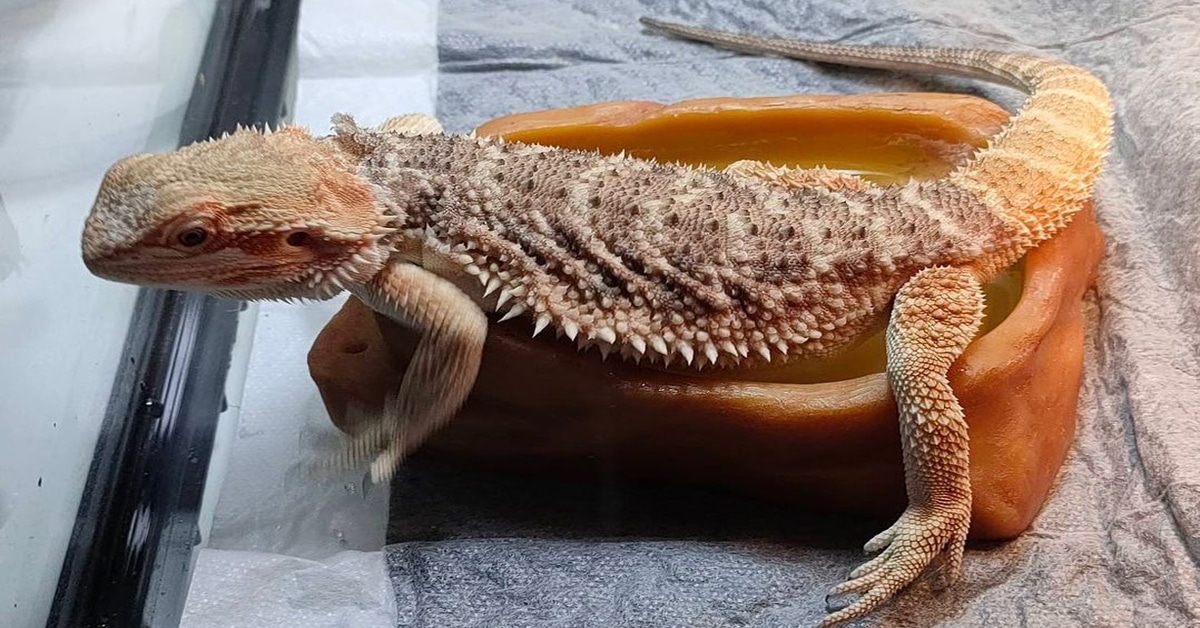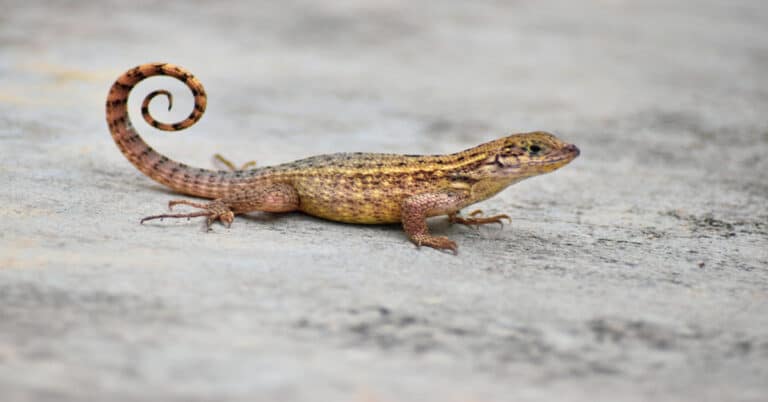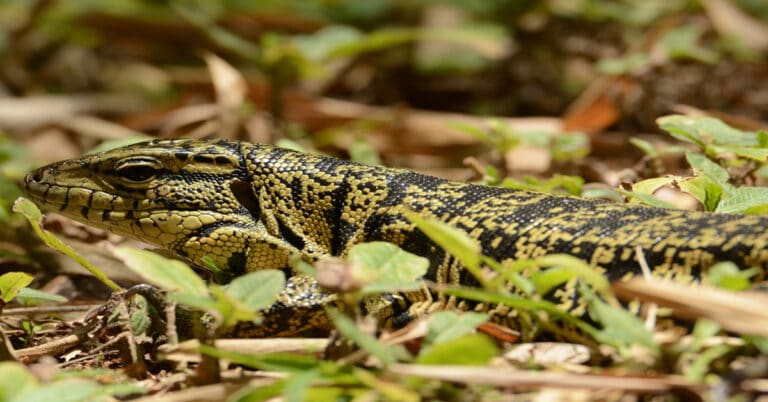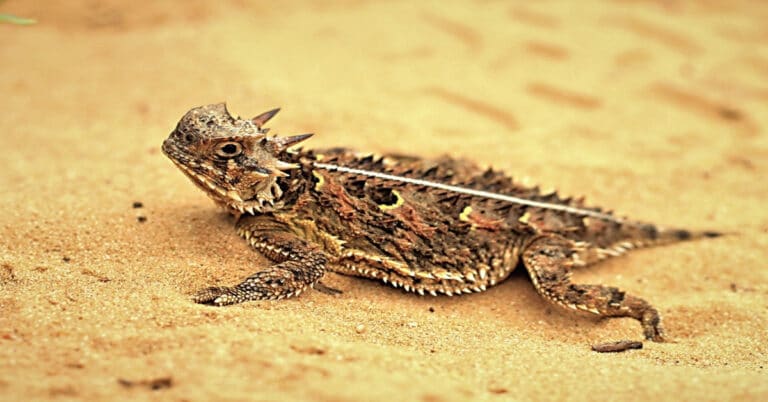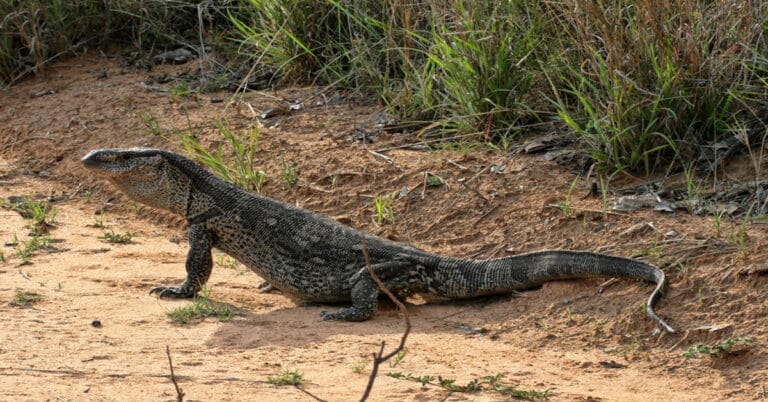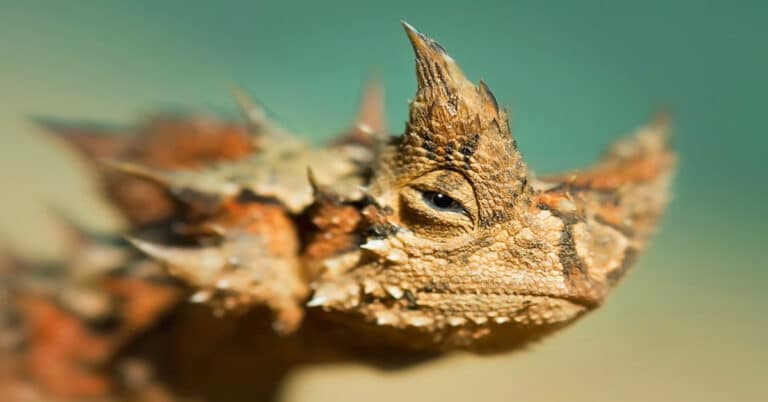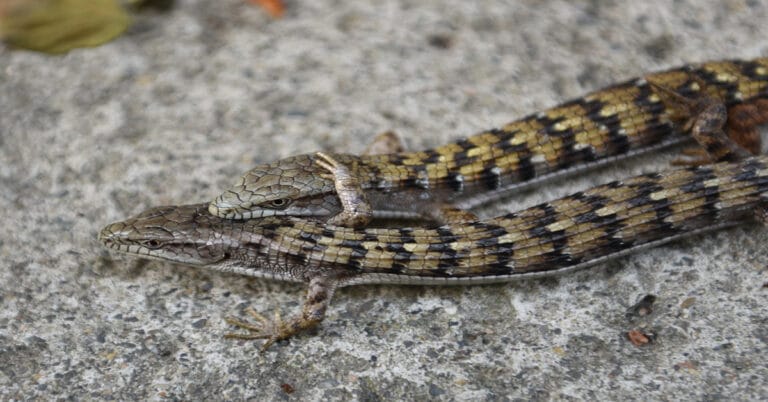Bearded Dragon Lifespan In The Wild & Captivity
One of the most common reptilian companions in the world is the Bearded Dragon. They are amiable, inquisitive, and manageable. How long do they survive, though? What influences their longevity, also?
Bearded dragons have become a popular choice among reptile owners because they make entertaining and loving companions. These scaly little guys are not only adorable, but they also have an impressive lifespan.
In this article, we’ll explore the majestic Bearded Dragon lifespan.
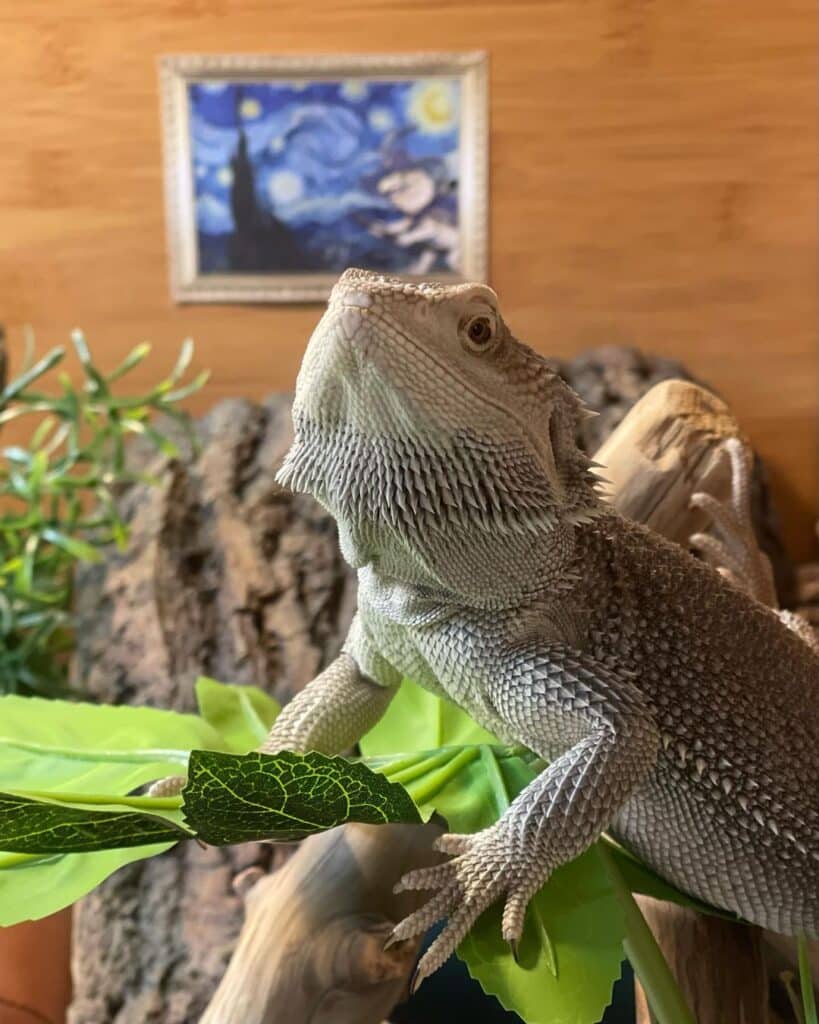
Bearded Dragon Lifespan In The Wild
Bearded Dragons in the wild usually survive for 5 to 8 years. Natural predators are one of the major causes of wild animals’ shortened lifespans. Hawks and buzzards are a couple of the animals that feed on Bearded Dragons. In addition, dogs and large animals pursue them.
For those animals, finding enough sustenance can be a challenge, particularly during shortages. To stay refreshed, Bearded Dragons require 20 to 30 mL of water per kilogram each day. This can be difficult at times because of their arid desert environment.
Due to their larger size, the male Bearded Dragon lifespan is typically longer than the female. Greater durability and resistance to extreme weather circumstances are qualities of larger bears. Additionally, having ova weakens a female’s physique. As a result, this energy consumption shortens their lifespan.
The Bearded Dragon has 8 varieties, all of which are native to various regions of Australia. The subspecies with the oldest recorded life span is Pogona vitticeps. Besides, it is the most typical subspecies maintained as a companion.
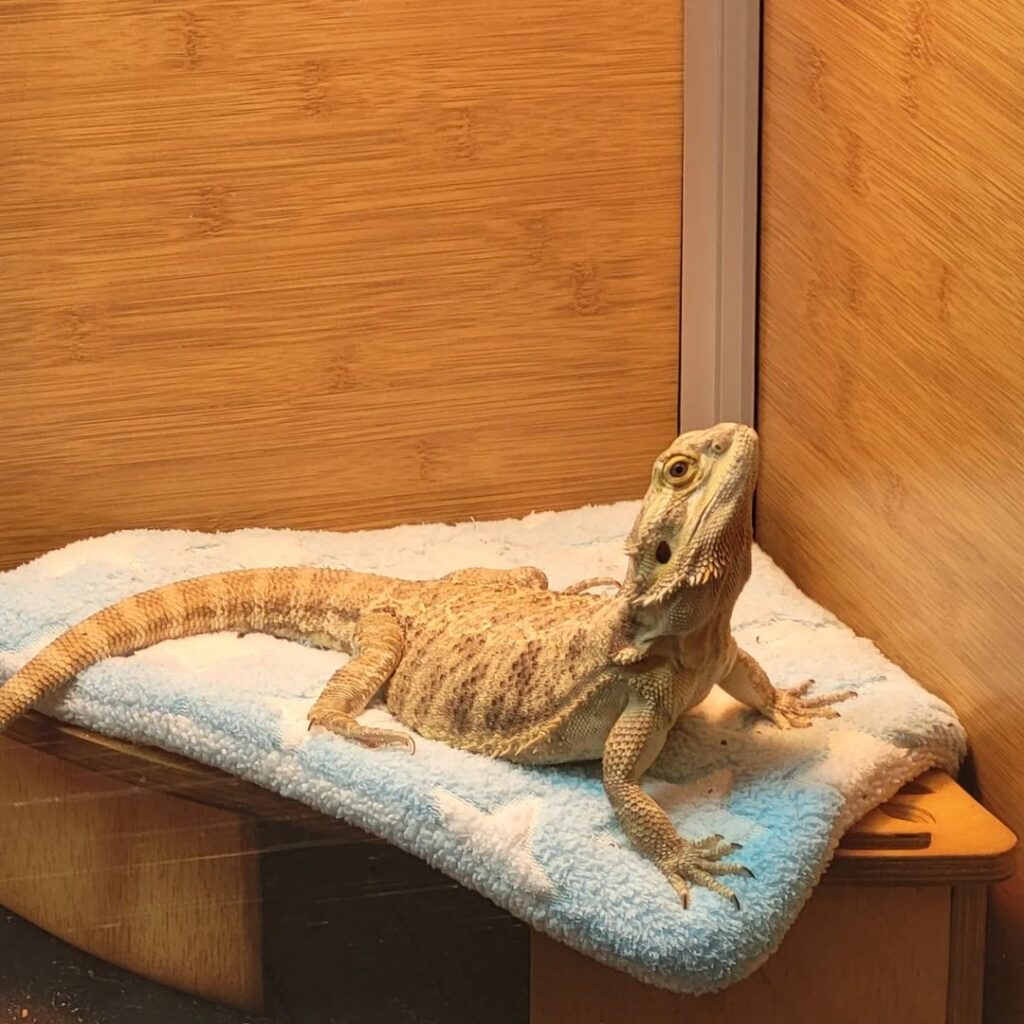
Oldest Bearded Dragon
When speaking of Bearded Dragon Lifespan, it is essential to also mention the oldest living Bearded Dragon named Sebastian. Sebastian was 18 years and 237 days old when he passed away on January 24, 2016. The reptile was a resident of Middlesex, UK, and was hatched on June 1st, 1997. The dragon’s name was Sebastian, and Lee-Anne Burgess was his master. There are some unconfirmed rumors that other Bearded Dragons lived to be 20 years old before dying.
Although it is not unusual for extremely well-cared-for Bearded Dragons to live to be 15 years old, Sebastian set a new mark and continues to hold it today. A devoted owner, excellent genetics, and a hearty amount of chance are all requirements for an individual to live to the age of 15.
Sexual Maturity Of Bearded Dragons
Although some Bearded Dragons may achieve sexual development as young as 6 months, most mature between the ages of 1 and 2 years. During the winter, a lot of Bearded Dragons will go into brumation, a type of dormancy.
Multiple egg-laying cycles are possible for females throughout the year, and these typically occur when temperatures start to rise after brumation. Female Bearded Dragons will produce unfertilized eggs whether or not a male Bearded Dragon is present, and clutches can contain up to 20 eggs. Incubation times for fertilized ovaries range from 55 to 75 days.
Captive Bearded Dragon Lifespan
Beardies kept in captivity can live much longer than those kept in the wild. On the other hand, poorly cared-for pets will live as long as the equivalent natural species. A well-cared-for Bearded Dragon lifespan is typically 10 to 15 years. They don’t experience problems like predators or a shortage of food, or water when they are in confinement. Together, these elements lengthen their lifetime.
A Bearded Dragon requires the right illumination, warmth, humidity, room, food, and nutrients to live a long life. Your reptile can be kept healthy and happy if you devote a little extra time to its upkeep each day. Their lifetimes will also be prolonged by it.
As we already mentioned above, the Bearded Dragon Lifespan in the wild is between 5 and 8 years old. If the owner does not pay close attention to their food, lighting, etc., then this is also the utmost number of years they can survive in confinement. If the proprietor takes good care of their dragon, it can survive up to 12 years. The longest Bearded Dragon lifespan in confinement is 12 to 15 years with excellent treatment. Although extremely rare, Bearded Dragons can survive for up to 18 years.
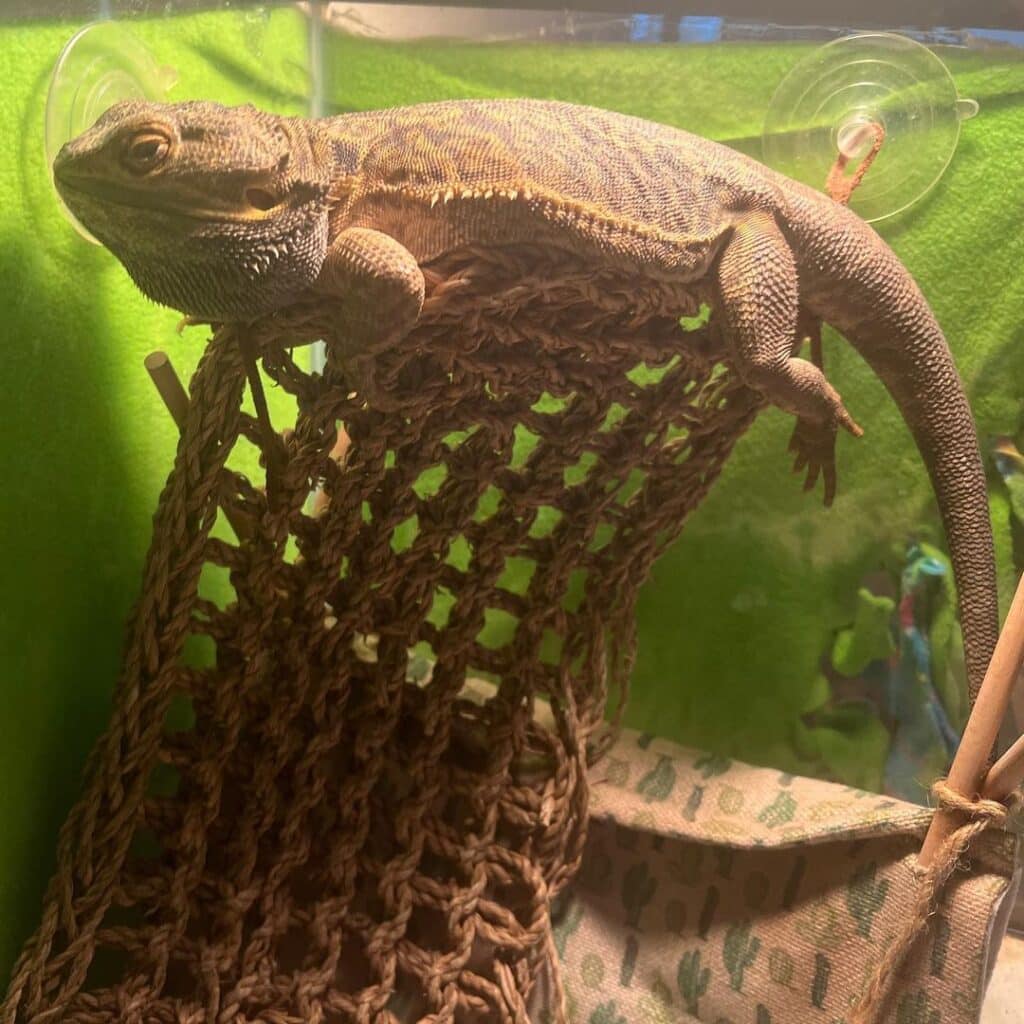
4 Factors Influencing Bearded Dragon’s Lifespan
1. Habitat & Environment
Naturally, semiarid regions of Australia are where one can find Bearded Dragons. So, to prolong the Bearded Dragon lifespan, you must try to mimic its native habitat as closely as possible.
Bearded Dragons are semi-arboreal in their environment, where they spend the majority of their time foraging and tanning. The optimal enclosure size for dragons is 120 gallons, with a temperature range of 70 to 85 °F. Beardies also require UVB radiation for meal digestion.
2. Diet
Diet and food play a big part in the length of Bearded Dragon Lifespan. They eat both meat and vegetarian foods, making their diet omnivorous. As they progress through various life phases, they do have a need and desire for meat and vegetable materials in varying proportions.
Bearded Dragons eat primarily carnivorous foods during their adolescent and subadult stages, with up to 80% of their diets made up of insects. The remaining 20% of their diets are made up of plant materials.
As part of their diet, mature Bearded Dragons occasionally capture small rodents and other small reptiles in the wild, in addition to catching crickets, grasshoppers, spiders, termites, and many other invertebrates.
Although adult Bearded Dragons still primarily eat insects, vegetable debris has taken on a significant role in their nutrition. With maturity, the proportion of meat to veggies declines noticeably, and only about 60% of the food is made up of insects.
Owners of Bearded Dragons must make a few adjustments to their food to mimic it at home. Giving Bearded Dragons too much protein can be harmful to their health because they don’t get as much movement in confinement as they would in the wild.
3. Size Of Enclosure
If you want to make the Bearded Dragon lifespan long, it must be able to live comfortably. To stay fit and live as long a life as possible, your Bearded Dragon will need adequate housing.
Adult Bearded Dragons require an area that is much bigger than the 20-gallon size that babies can live in. For a full-size adult, you’ll need a tank that is between 100 and 125 gallons, which means it must be longer than 20 inches. That takes up a lot of room in your house, so taking care of a dragon can be costly.
4. Diseases
The life span of your Bearded Dragon can be significantly shortened by diseases. Obesity, stomatitis, nasal tract infections, gastrointestinal impacts, and metabolic bone disease are a few of the most prevalent illnesses in Bearded Dragons.
You should always keep an eye on the health of your Bearded Dragon and transport them to the doctor if you notice any symptoms of sickness. Taking good care of your Bearded Dragon is the best method to keep them healthy. This includes healthy food and an environment made properly with the appropriate humidity and temperature levels.
How to Determine the Age of Bearded Dragon
Although there isn’t a precise way to tell how old a Bearded Dragon is, measuring it is the preferred technique. Bearded Dragons are about 4 inches long from the top of their heads to the point of their tails when they emerge. By the time they are six weeks old, they have a total length of roughly six inches. Bearded Dragons expand almost an inch per week beginning in the sixth week. A dragon that is 11 to 18 inches long is most likely 6 months old or larger.
When beardies are 6 months old, they achieve reproductive development, making the sexual distinctions between Bearded Dragons clear. Males grow larger skulls, broader tails, darker beards, and expanded femoral openings. Females still have a reduced size and only have a solitary protuberance above the vent. Additionally, they have smaller tails and slimmer skulls.
Interesting Facts About Bearded Dragon Lifespan
- Bearded Dragons and Uromastyx are both members of the Agamidae family and are closely related to one another. Despite being closely related, these two reptiles have different life expectancies. When properly cared for, Uromastyx can live twice as long, reaching 30 years of age or longer.
- Compared to mammals, amphibians age much more slowly. While this doesn’t necessarily imply that Bearded Dragons live longer than animals, it does imply that they age more slowly for an extended period. They might not start experiencing age-related health issues until their final year or even a few months of life.
- Bearded Dragons take a while to become territorially aggressive. Many juveniles living together is typical in both pet shops and the wild. But once they are between 8 and 18 months old, they will begin to create an order of an authority. Through actions like head nodding, arm waving, hissing, and shifting colors, this order is reinforced.
Bottom Line
In this article, we explored the adorable creatures known as Bearded Dragons. The Dragon lifespan is relatively long and is affected by various factors. Since they are native to the desert regions of Australia, they do best in mild weather. The average Bearded Dragon’s lifespan is 5 to 8 years in the wild and 10 to 15 years in captivity. The time you have to spend with your wonderful companion can be extended with proper care.

Nato is a content writer and researcher with a background in psychology who’s eager to explore the wonders of nature. As a travel enthusiast and animal lover, she hopes to inspire others to discover and cherish the beauty and importance of the natural world.

